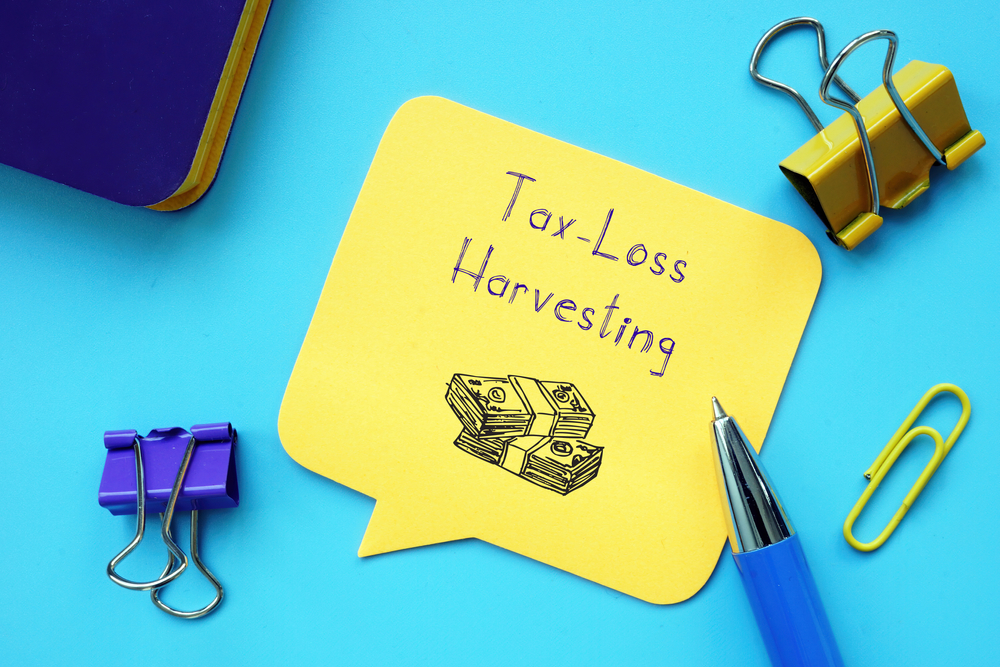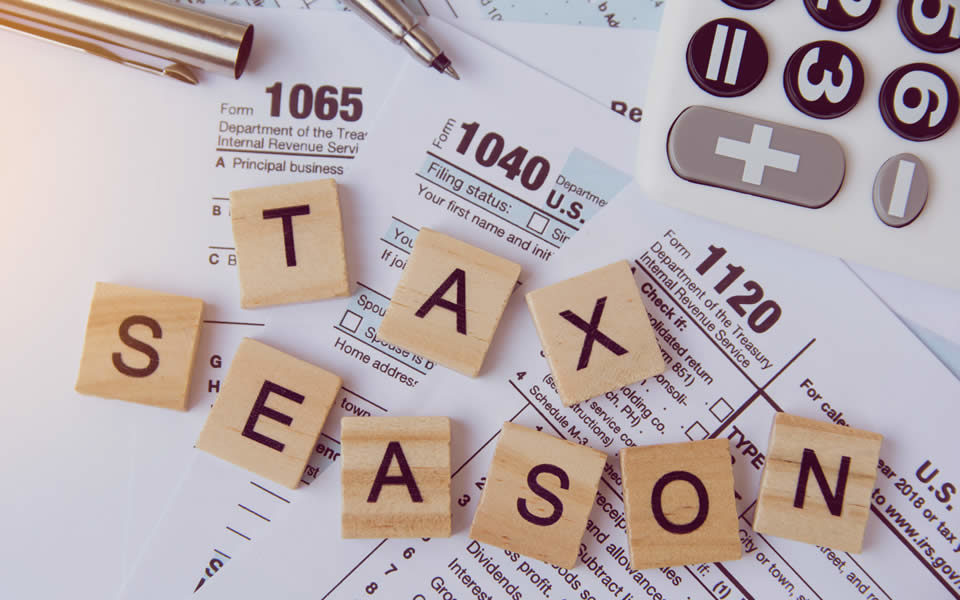Tax-Loss Harvesting: Maximize Your Investment Returns
Tax-loss harvesting is a tax-saving strategy used by investors to offset taxable capital gains by selling investments that have decreased in value and recognizing the loss on their tax return.

Here are the key points to understand about tax-loss harvesting:
- Timing: Tax-loss harvesting should be done before the end of the year to take advantage of the tax benefits in the current year.
- Capital losses: When you sell an investment at a loss, you can use the loss to offset capital gains from other investments. If you have more losses than gains, you can use up to $3,000 of excess losses to offset other taxable income.
- Wash-sale rule: To avoid violating the wash-sale rule, investors cannot repurchase the same or substantially similar security within 30 days before or after the sale.
- Portfolio rebalancing: Tax-loss harvesting can also be used to rebalance a portfolio, by selling underperforming investments and buying those that are aligned with the investor’s long-term goals.
- Professional advice: Tax-loss harvesting can be a complex process and seeking professional advice from a financial advisor or tax professional can be beneficial.
By implementing tax-loss harvesting, investors can effectively reduce their tax liability and maximize their investment returns. As always, it’s important to consider your own financial situation and consult with a professional before making any investment decisions.
Can Tax Loss Harvesting Improve Your Investing Returns?
Yes, tax-loss harvesting can improve your investing returns. By using this strategy, you can offset taxable capital gains by selling investments that have decreased in value, and recognizing the loss on your tax return. This can effectively lower your tax liability, freeing up more money for investment. Additionally, tax-loss harvesting can also help you rebalance your portfolio, by selling underperforming investments and buying those that align with your long-term goals. However, it’s important to seek professional advice and consider your own financial situation before implementing tax-loss harvesting.



